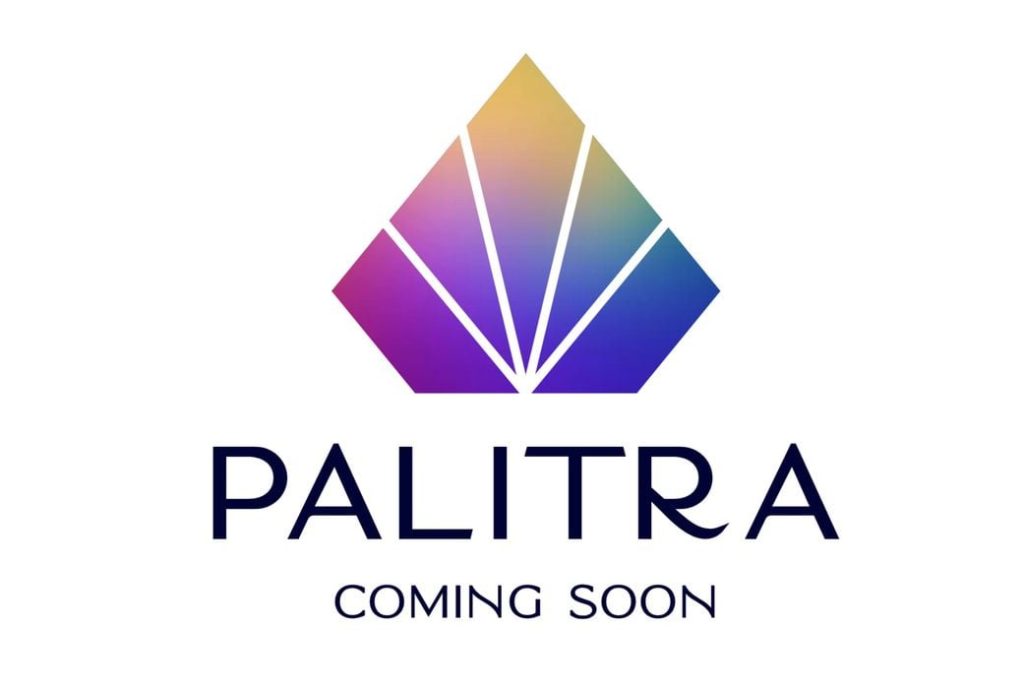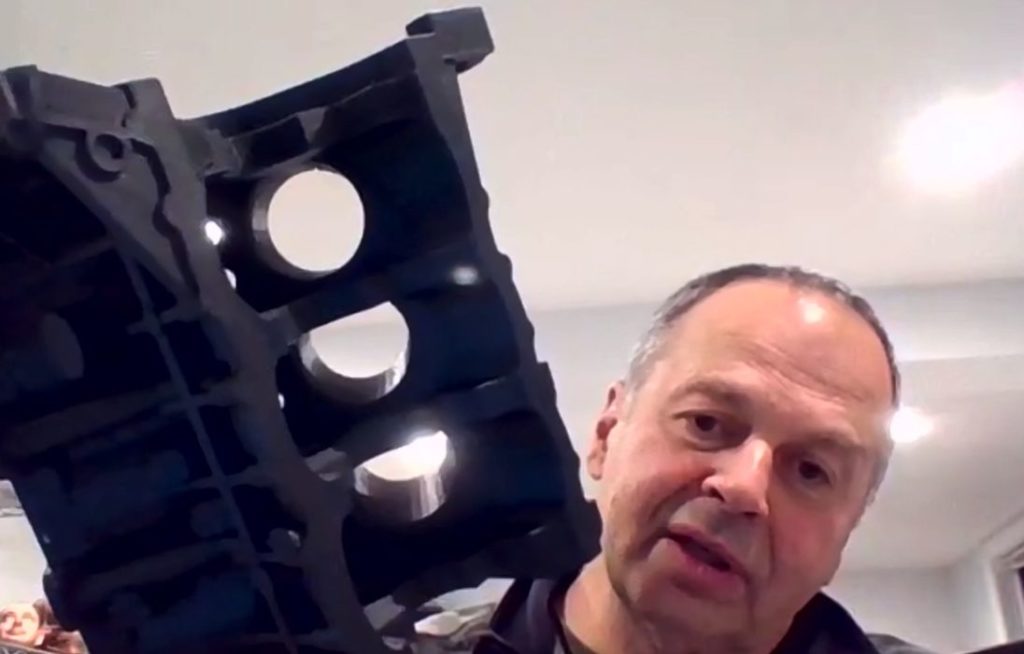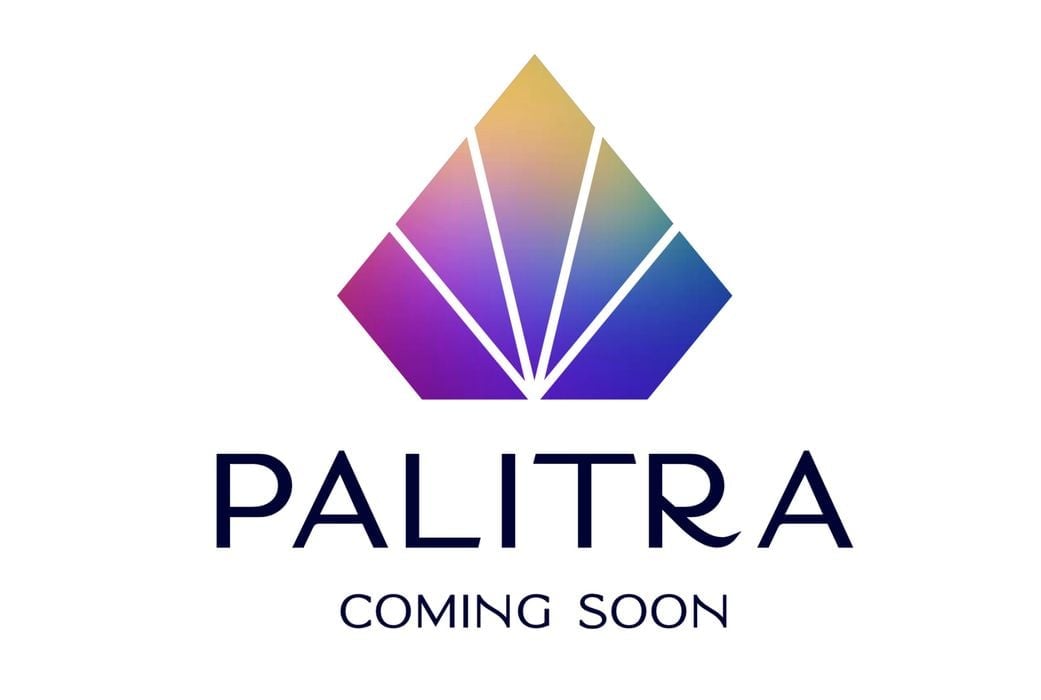
A new company, Palitra, hopes to provide practical and affordable full color 3D printing technology to the market.
If you haven’t read our previous story on the demise of RIZE, please do so now.
RIZE, launched in 2011, developed a practical process for full, RGB color 3D printing and marketed it in their US$40K XRIZE system. However, it seems the price was too high for the market, and RIZE appears to have stalled.
The company’s co-founder, Eugene Giller, has purchased all of RIZE’s assets, including the intellectual property for the full color 3D printing process for the new company, Palitra. I spoke to Giller about his plans.
While Palitra intends on supporting existing RIZE clients, Giller has something else in mind that could be an incredibly powerful boost to 3D printing.
The idea is that the RIZE full color system was just too expensive. Its cost was largely dependent on the use of pricey components that were the only options available at the time of machine design. Meanwhile today there are plenty of alternative components available that could dramatically reduce the cost of developing a similar full color 3D printing system.
For example, Giller said each print head in the XRIZE system cost around US$1500, and the system required THREE of them! That’s US$4500 just for the inkjet printheads, let alone the rest of the 3D printer.
Giller said these days he can obtain equivalent printheads for perhaps 10X less cost.

This leads to a very interesting concept: what if the RIZE (now Palitra) full color technology were adapted to existing 3D printers?
Today’s 3D printers are quite mature, including highly accurate motion systems and precision extrusion systems at relatively low cost, certainly compared to what was available in 2011.
The RIZE technology involves a standard FFF extrusion component, combined with an inkjet printhead that passes over each layer to deposit any color you want. This is absorbed into the material, resulting in the full color 3D print. I’ve seen many RIZE print samples, and they’re quite good.
It seems to me that it could be relatively straightforward to modify an existing FFF 3D printer design to include the full color inkjet system. Combine that with the specially designed RIZE materials that absorb the colors, and you have yourself an inexpensive, full color 3D printer on the desktop.
But how inexpensive could this be? Giller insists he can produce the device for less than US$10K, which is a quarter of the RIZE system’s price. But wait, he also said this is a “volume game”, and that it’s entirely possible the full color system could be sell for less than US$5000.
At that price there would be many more users and applications for full color 3D printing. Perhaps the price could even grow lower over time.
Giller explained there are several markets for color 3D printing, including part serial numbers, figurines, and healthcare applications where labels can help identify surgical locations. However, he said there is probably a “proper application” out there, waiting to be discovered by those using low-cost full color 3D printers. He explained:
“If I can make the price right for full color, there will be a lot of applications if you can get [the technology] to the designers.”
Can you buy this amazing, low cost, full color 3D printer today? Not yet. Giller intends on partnering with an existing 3D printer manufacturer to deploy the technology. If you happen to be working with a 3D printer manufacturer, you might want to give him a shout.
This got me thinking, as there are plenty of interesting possibilities here.
For example, Prusa Research could partner with Palitra to produce a kind of modified MK3S to produce full color objects. This could fit in nicely with the company’s explorations into color 3D printing with their MMU2S and PrusaSlicer color features.
Another possibility could be Creality, who currently don’t offer any color capabilities even though they are one of the largest producers of 3D printers in the world. They might be interested in adding a color option.
Yet another possibility could be XYZprinting, who have previously developed the da Vinci Color 3D printer, which attempts to print with multiple colors, but only in spot mode.
Mosaic Manufacturing, makers of the filament-splicing Palette system to achieve color switching, could have interest in adding a full color 3D printing option to their portfolio. However, they are a small company relative to the others, which could more easily take on such a project.
Giller said Palitra is still not quite ready to launch, but he expects to have things visible on the company’s website in the February timeframe.
Via Palitra

